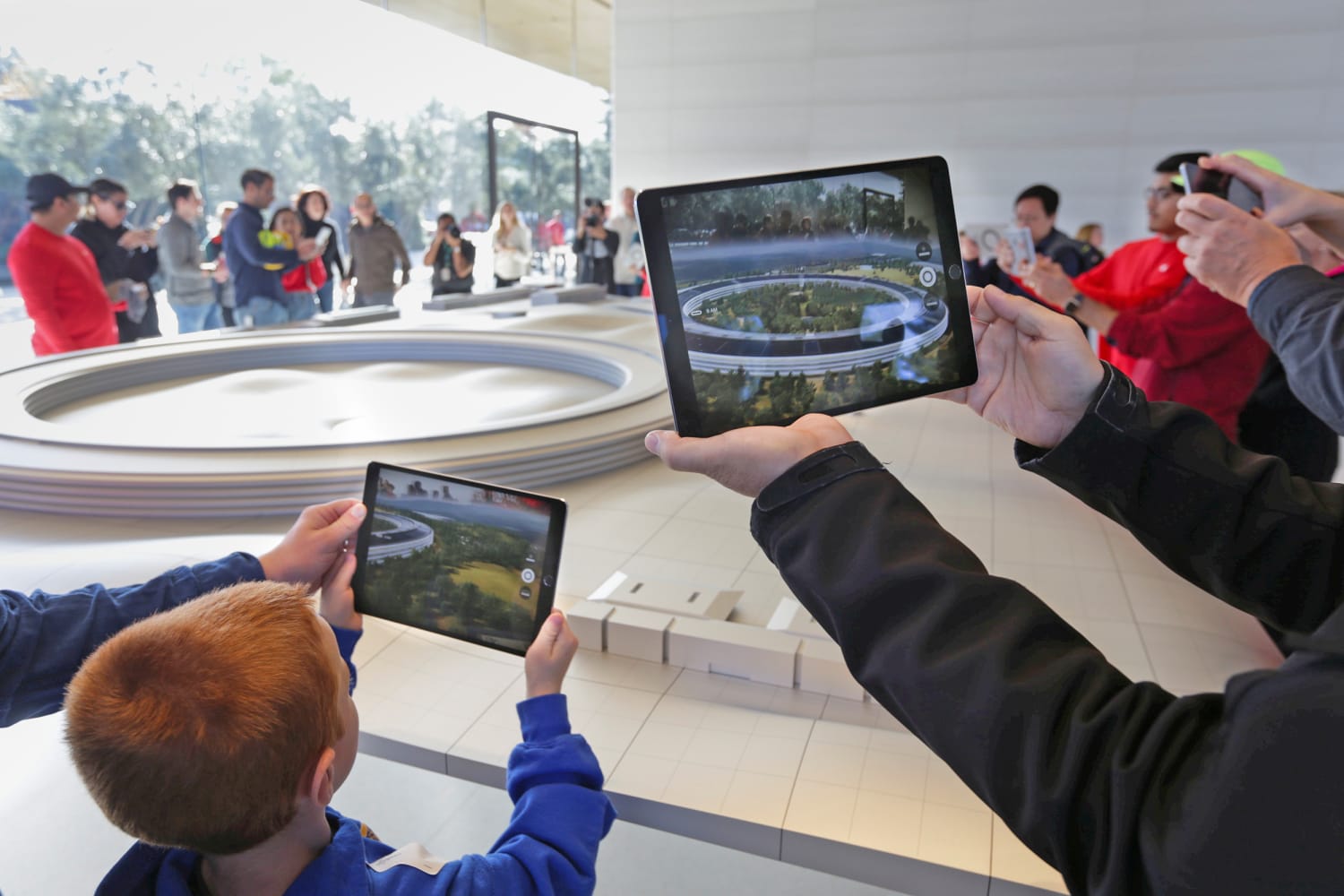Augmented reality (AR) is the technology that adds a virtual layer to a live camera stream of the physical world, creating a blend of both physical and virtual worlds in an ideal manner. AR applications are hands-on systems that provide an enriched and enhanced experience of the real world to the user.
These systems supplement the user's experience by integrating artificially generated perceptual information from different modalities including vision, touch, audio, taste and smell. Special hardware with sensory input and output channels are required for an AR app.
Smartphones and mobile devices are good platforms for launching AR programs because they have cameras and sensors like accelerometers and GPS. AR apps that are regularly utilized include overlaying computer-generated furniture pictures on a photograph of an empty living room or putting virtual eyeglasses to a photo of a face, among other things.
It should be noted that AR applications differ from Virtual Reality (VR) applications in that virtual reality creates the illusion of wholly new virtual settings that may or may not be related to the user's actual world. There are several ways in which AR may transform the world, including:

AR in Travel:
AR is changing the game for advertising because of its capacity to captivate human brains, and we will look at how Augmented Reality apps might assist the tourism sector. Technology is providing new opportunities for the travel sector to improve the passenger experience. However, Augmented Reality has had a significant impact on the travel and tourist business.
The travel and tourism sector has been extensively researched. Customers in the travel business frequently conduct extensive research before booking a vacation, lodging, or dining establishment. And a customer's quest for information and specifics does not end once they get at their intended trip location.
AR in Education:
There are several forms of augmented reality in education. It makes it easier for kids to gather, store, and retain information. Furthermore, AR makes studying more engaging and exciting.
It is also not restricted to a certain age group or level of education but may be utilized effectively at all levels of education, from pre-school to college, as well as in work. Augmented reality has the potential to replace paper textbooks, physical models, posters, and printed instructions. It delivers small and low-cost learning material. As a result, education is becoming more transportable and inexpensive.
AR in Healthcare:
More life sciences companies are leveraging augmented reality (AR) to create breakthrough therapeutics by integrating the synthetic and physical environments. AR helps to create rich, engaging settings that show how current pharmaceuticals and medical technology interface with the body. Brand teams and content providers will use this revolutionary technology to create a safer approach for their field force to contact healthcare practitioners (HCPs). AR will also assist HCPs in providing better illustrative explanations of current medicines to patients.
Augmented reality (AR) will considerably improve patient experience, understanding of complicated issues, and differentiation through more efficient branding, whether presenting a disease status, treatment method, or how current medical equipment performs.
AR for the Wine Industry:
More and more wineries are utilizing augmented reality (AR) technology to better target customers and make their labels more appealing. When customers buy wine from a retail location, they have a wide variety of brands to select from. Shoppers nowadays like to do their homework and learn more about the brand they want to purchase.
Wineries are now using AR technology to allow clients to aim their smartphone at a wine bottle, and the app loaded on their phone will provide extensive information on the brand's quality. The knowledge comes in a variety of flavors, ranging from genuine stories, historical facts, and poetry to various wine label data.
Augmented Reality in Education
We used to have a lot of textbooks, looseleaf papers, posters, and other real print things while we were in school. All instructional materials will be dynamic, digitized, and accessible at all times thanks to augmented reality. Because teachings may be delivered in a gaming style, more individuals will have access to education, as well as a better degree of student participation.
You may also say goodbye to field visits to the museum or art gallery since, due to AR, the museum and art gallery will come to you and be available at all times. These are only a few of the potential applications of augmented reality in education, which will undoubtedly transform the educational process.
According to market analysts, the AR industry will be worth between 470 billion and $75 billion by 2023.
Before AR technology may achieve its zenith, it must progress beyond being an afterthought on mobile devices. In the Time story, tech industry adviser Tim Bajarin believes that “for AR to become genuinely useful, someone would have to provide a powerful platform to undertake a slew of apps and services.”






0 Comments
Please do not enter any spam link in the comments box.